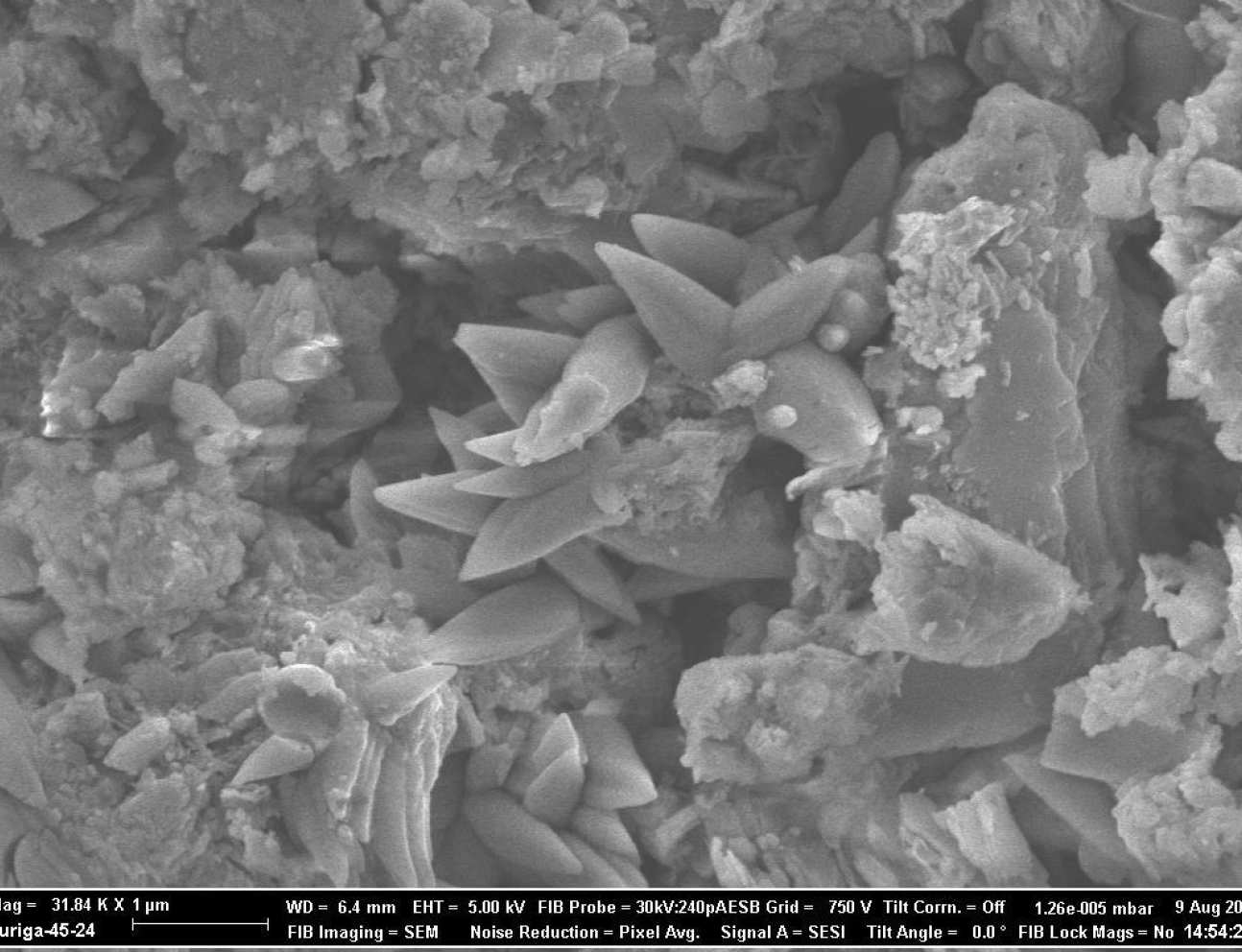Name: Kristijonas Plausinaitis
Supervisors: Dr Luc Vandeperre and Prof Mary Ryan.
Sponsor: Amec Foster Wheeler.
Lead (Pb) is one of the constituents in intermediate level radioactive waste. Due to its high toxicity, it is of particular importance to understand the behavior of soluble Pb ions- in particular their sorption on and migration within the cement backfill, one of the main proposed engineering barriers for geological waste disposal.
Of particular interest for understanding the long term safety of these engineered barriers is how the evolving cement matrix may affect efficacy of capture of mobile species by sorption and /or precipitation processes.
In this work, batch sorption analysis of Pb on to hydrated Nirex Vault Reference Backfill (NVRB) cement powder indicates a Langmuir like process: a linear uptake followed by a plateau due to saturation at increasing concentrations. Leaching experiments were also carried out and suggested that the sorption process is reversible.
The homogeneity of surface interaction was analyzed using spatially resolved chemical analysis. In particular we have used scanning electron microscopy (SEM), energy dispersive X – ray spectroscopy (EDS) and secondary ion mass spectrometry (SIMS) to provide information on surface concentrations. These data indicated that the uptake of Pb is relatively homogenous across the cement surface with no sites with much higher concentration observed. This suggests that lead is primarily uptaken into the calcium silicate hydrate (C – S – H) gel since this is the most abundant phase in the cement. In addition localized and unique crystal clusters were also observed on samples exposed to higher concentrations of Pb in solution.
The results indicate that a number of previous studies where the Pb was introduced during cement hydration and where Pb was found not to be released significantly are misleading from a geological waste repository perspective where the Pb will only come in contact with the cement after hydration is completed.

Figure 1. SEM figure displaying unique crystal cluster formed on the NVRB cement sample exposed to Pb.